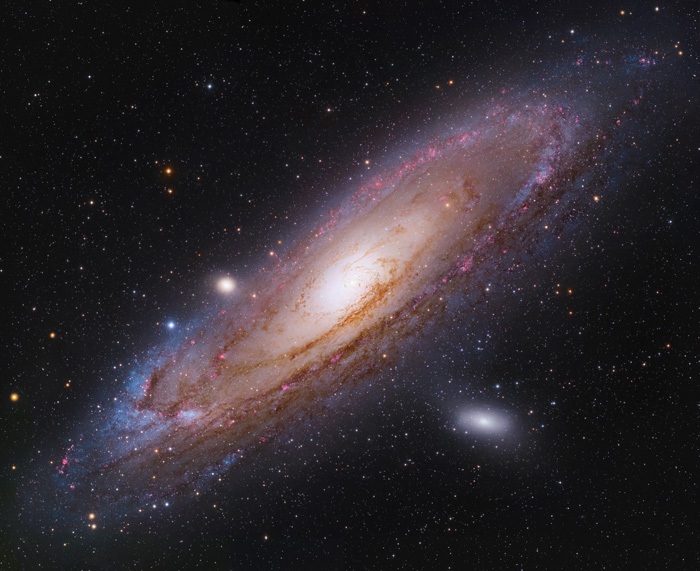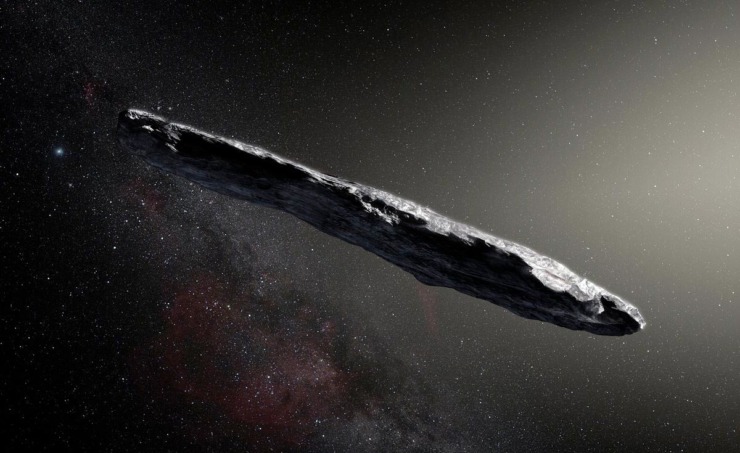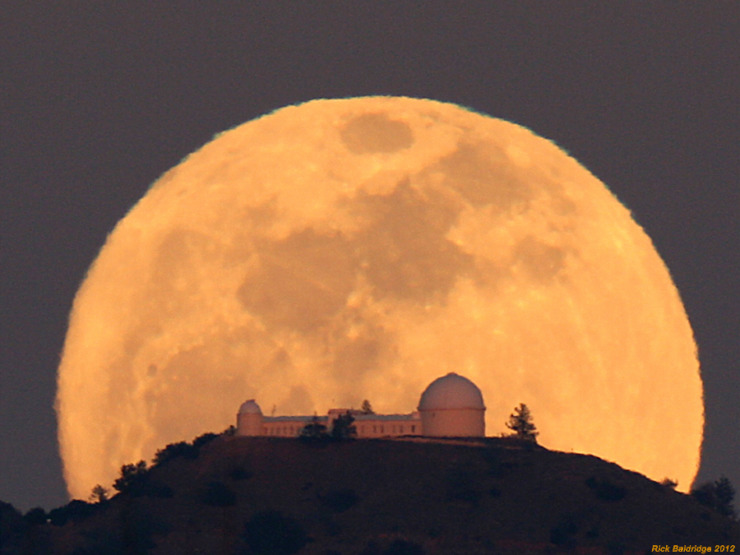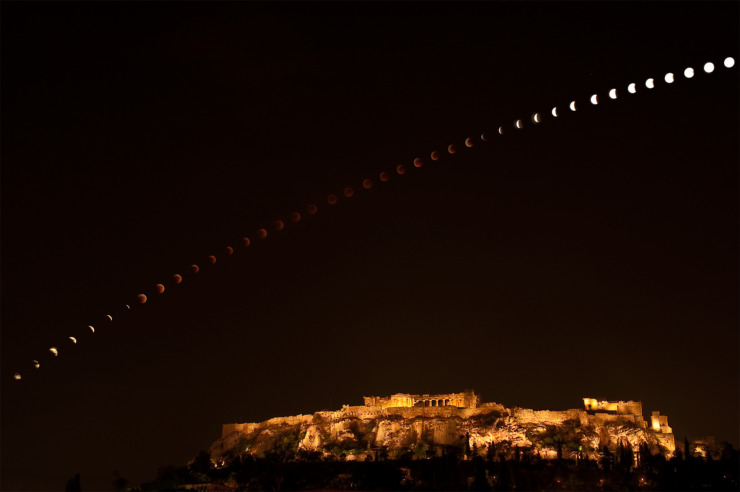Check out an Older Hubble Telescope Image that will Leave You Star-struck
We astronomers often talk about the vastness of things out there — the sheer, mind-boggling numbers of stars and galaxies that make up the observable universe. That can be easier to see when you are in a remote national park on a cloudless, moonless night, but the idea is not quite so accessible when you are at home on a cloudy day, with rain or snow falling. But now the folks who operate the Hubble Space Telescope have come up with a nice way to feel “cosmic overwhelm” right at your home screen.
The photo that illustrates this post shows you the entire Andromeda Galaxy (also known by its catalog number M31), which is the closest major galaxy neighbor to our own Milky Way. (There are closer galaxies to us, but those are smaller “satellite galaxies” that orbit the Milky Way, like its moons orbit Jupiter.) This galaxy is about 2 1/2 million lightyears away from us, which is really next door on the scale of galaxies. We have a clear view of it in the night skies of the Earth’s northern hemisphere. And it is a big, spiral shaped galaxy like our own, and has hundreds of millions of stars of different sizes and colors.
But what does that number mean? Is it possible to imagine a collection of hundreds of millions of stars? An older image, the largest taken up to that time with the Hubble Space Telescope, gives the average viewer a way to approach this question.
To start your journey, you can go to https://esahubble.org/images/heic1502a/ (where the image is kept and explained as part of the European Space Agency’s album of Hubble pictures.) There, the viewer is first presented with a reduced resolution (less detailed) version of the full image, showing you that the photo only captured one section of the giant galaxy. Even then, the actual image has 1.5 billion pixels, meaning you would need more than 600 HD television screens to display the whole thing.
The image shows over 100 million stars and thousands of star clusters embedded in a section of the galaxy’s pancake-shaped disc stretching across over 40,000 light-years.
The full image is best appreciated using the separate zoom tool provided with it. When you click on the word “zoom tool” in the previous sentence, that takes you to another version of the image, where you can zoom in and in and in… and soon get overwhelmed by the number of stars.
You can use your mouse scroll button, arrow or + or _ keys, and other navigational aids, to zoom in and then zoom out again. I’d suggest doing that at least a few times, and marveling at the detail that this Hubble image is able to show us and the overwhelming number of stars that we can see. We live in a big universe, one whose enormity puts our squabbles on Earth into an appropriate perspective.




